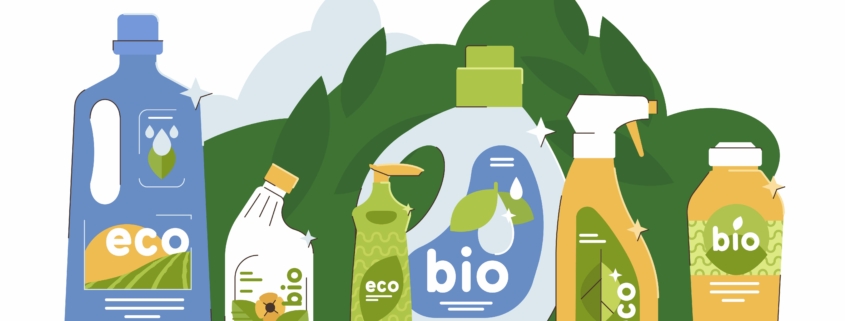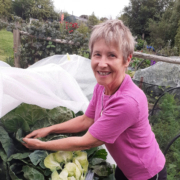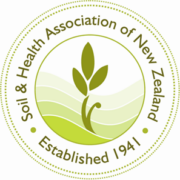When Green Cleaning Turns Toxic
Emma’s story
‘Chemical poisoning’ is how a long-time cleaner describes her severe reactions to using workplace cleaning products she thought would be safe. J Simons talks with Emma (name changed for privacy) to find out more.
We hope you enjoy this free article from OrganicNZ. Join us to access more, exclusive member-only content
Emma consciously chooses a healthy lifestyle. She has been careful about what she eats and the products she uses for around 20 years.
She prefers whole foods and items without plastic packaging that “seeps in”, and enjoys going to local markets where the produce is mostly spray-free, some certified organic.
“My skincare routine is organic or vegan because I am a vegetarian.”
Like many workers, Emma trusted that the cleaners she was using, which were labelled plant-based and eco-friendly, would be safe for her health and the environment.
But her story reveals that not all ‘green’ or ‘natural’ labels mean the products are completely safe, and some of them can cause unexpected reactions, depending on individual sensitivity. Nevertheless, professional guidelines, such as those from WorkSafe NZ, recommend using top-of-the-range masks to avoid fumes.

Photo: Freepik
Allergy to work – or chemical poisoning?
The problem began when she started using a particular cleaning product at work, although she used it for about six or seven months before realising it was making her unwell. She followed the dilution instructions on the label and even added more water than suggested. Even so, the fumes were overpowering.
“For three or four months, I was getting sick every day before I got the actual poisoning. I got really sick and couldn’t go to work.” Emma quietly recounts the intense gastrointestinal distress – including vomiting and diarrhea – that she faced daily during her illness. Unsure of what was happening at first, she even joked that she must be “allergic to work”.
“I’d start feeling ill after about 40 minutes of starting work every morning. I couldn’t work out what it was, until one day I was so ill I was keeled over in the cleaning cupboard.”
“The first time I phoned in and said I’ve got food poisoning. The next day, I was still sick and felt worse than the day before. I was having brain fog, which I would not have with food poisoning. The symptoms were slightly different, but I didn’t know what else to put it down to.”
Masking up
“I went to the doctor, and he just happened to ask what I did for a job, and that’s when he changed direction with his questions.”
The doctor confirmed that Emma should wear a professional chemical mask, even with plant-based products. Her workplace did not provide masks, and after asking for several months, she resorted to contacting her union and WorkSafe NZ.
Although the initially provided masks were inadequate – the cheap, single-use blue ones – the cleaning company has now supplied better masks (Moldex 2700 P2), but not the ones recommended by WorkSafe NZ. “They don’t want to spend the money,” says Emma.
Read the fine print
I looked at the details of the mask now provided. Although an improvement for chemical safety, it’s not the best professional option. Emma should likely have a 99% filter rather than the 94% that has been provided. For more hazardous chemicals, especially those that can irritate lungs or eyes, masks with replaceable cartridges would be the safest.
I checked out the label of the product Emma was using. Despite its ‘plant-based’ and ‘eco-friendly’ claims and use of real essential oils, it contained several chemical ingredients known to cause respiratory and skin sensitivities. In particular, the VOCs (volatile organic compounds) are of concern, and the product is classified as a hazardous substance.
Health and safety in the cleaning industry
Emma has been cleaning for many years. At one stage, a colleague attempted to insist that Emma and others use a banned product.
“She was trying to get us to use something, a product that was actually banned, for safety reasons, and she was still trying to get us to use it to get marks off the sink.”
“I did use it once after she told us to use it. I used a little bit – it was a powder. I had to go out of the shower cubicle, it was that strong, and I felt nauseous immediately.” Emma has often wondered if her colleague’s lung cancer was caused by the product that was banned.
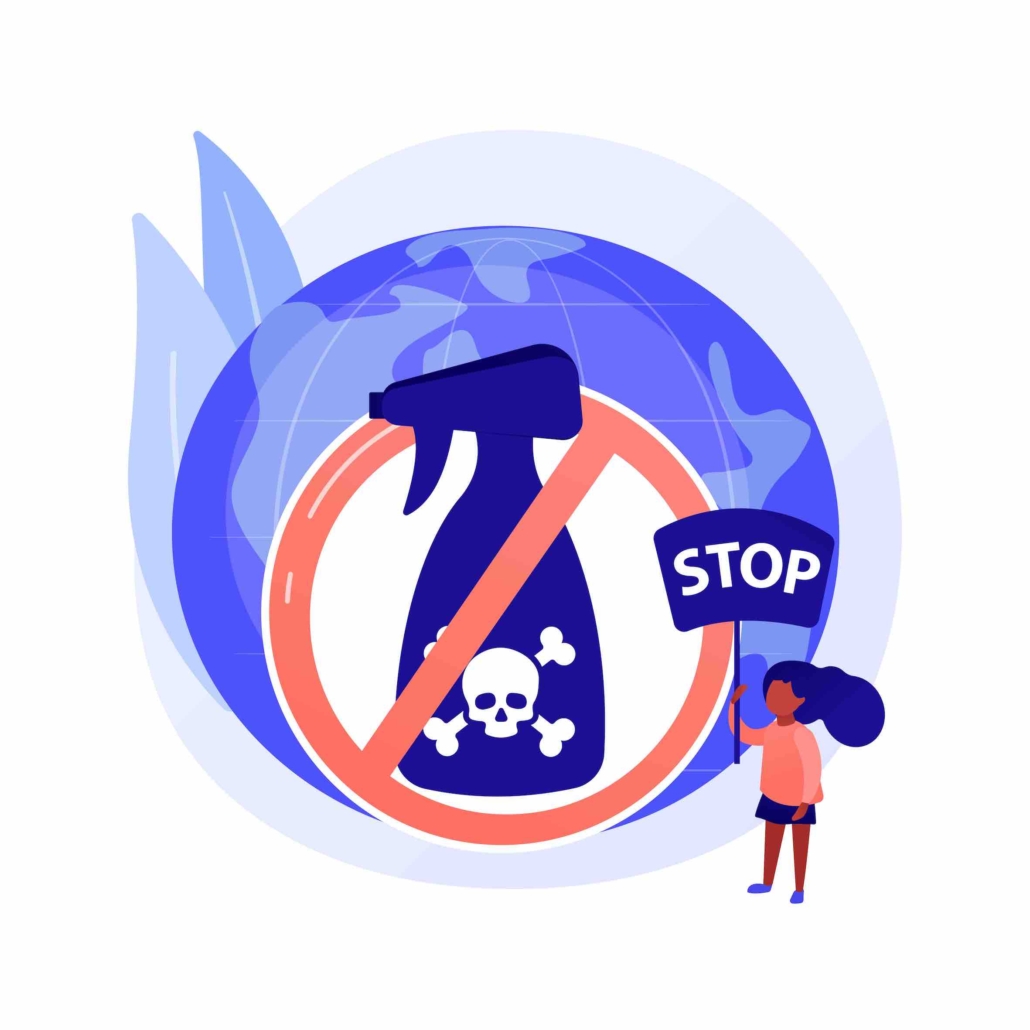
Image: vectorjuice Freepik
“Health and safety comes last in the cleaning industry; they have all the procedures and guides you are supposed to abide by, but at the end of the day, it is about getting the job done in the least amount of time and money.”
Emma thinks it’s hard to educate the cleaning industry, and that there is resistance to truly green products. WorkSafe NZ has guidelines, but many cleaning companies fail to follow them, and enforcement often only occurs if a complaint is made – which can be at the risk of a cleaner’s job.
Simple natural cleaning products
Emma’s cleaning jobs haven’t always involved intense and harmful chemicals. Recounting a positive experience with a previous employer brings a smile: “At one place I worked at, the owner was open to making up things like using lemon and olive oil, and things like that.”
She reacts strongly to artificial smells on the bus or at work. “When there are a lot of people around with quite strong perfumes, I have always had these sensitivities,” Emma explains.
“I don’t get my nails done because I can’t stand that smell. I do try to get out into the fresh air often. Sometimes I use baking soda at work instead of the spray or other strong products.”
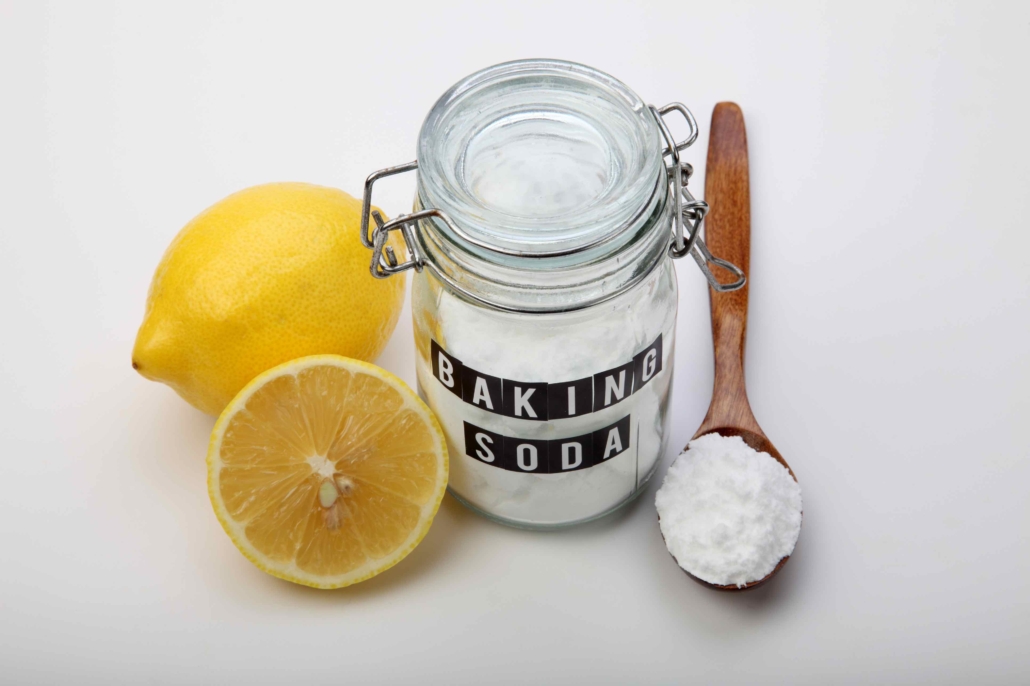
Photo: iStock/eskaylim
Contributing factor?
Emma also shared that she has epilepsy, which was diagnosed in childhood, and she’s currently awaiting a public hospital appointment.
“I’m looking at coming off medication for epilepsy due to side effects. I’m waiting to talk to a neurologist who focuses on using a keto diet instead of medicine.”
A recent study found that patients with temporal lobe epilepsy (TLE) and idiopathic generalised epilepsy (IGE) show impaired autonomic nervous system responses, which can affect digestive functions.1 The autonomic nervous system regulates involuntary physiological functions like breathing, blood pressure and digestion, so Emma’s epilepsy may have contributed to the gastrointestinal symptoms she experienced during her chemical exposure at work.
Volatile vapours
I (the author) was reminded of my own recent experience with another so-called ‘green’ cleaner. It had a strong wintergreen scent, and I react to wintergreen – both the real thing (methyl salicylate, a plant compound) and synthetic versions. Within minutes, I was dizzy, nauseated, and had an instant headache, even through a P2 mask.
Wintergreen compounds are VOCs, and in sensitive people they can trigger severe symptoms. The Safety Data Sheet didn’t list methyl salicylate, but fragrances are often proprietary blends that conceal potentially harmful chemicals under a single ‘fragrance’ label.
Taking charge of her health
Now taking active steps to work on her own business, Emma allocates time every day after work to researching her business outside of the cleaning industry, educating herself in her new online direction.
She is quietly optimistic about the next steps in managing her condition, and feels more confident after being supported by her union, and about her appointment with a keto specialist. Her future is looking brighter with these things underway, and I hope to catch up with her again.
“No job is worth putting your health at risk,” she says.
STAY SAFE WHILE CLEANING
- Always check and follow the instructions for cleaning products.
- Wear suitable protective gear such as gloves and masks.
- Ensure there is good ventilation when cleaning.
- Workplace and commercial cleaning: follow the relevant WorkSafe NZ guidelines.
AUTHOR BIO
J Simons is a freelance writer, copywriter, and food photographer specialising in organic food, health, and sustainability. J creates compelling content and imagery that supports healthy living and ecological stewardship.
https://www.totalcreative.co.nz/photography
IMAGE AT TOP: Freepik
- Shaker, K.K., Al Mahdawi, A.M. & Hamdan, F.B. Interictal autonomic dysfunction in patients with epilepsy. Egypt J Neurol Psychiatry Neurosurg 57, 165 (2021). https://doi.org/10.1186/s41983-021-00422-0 ↩︎

